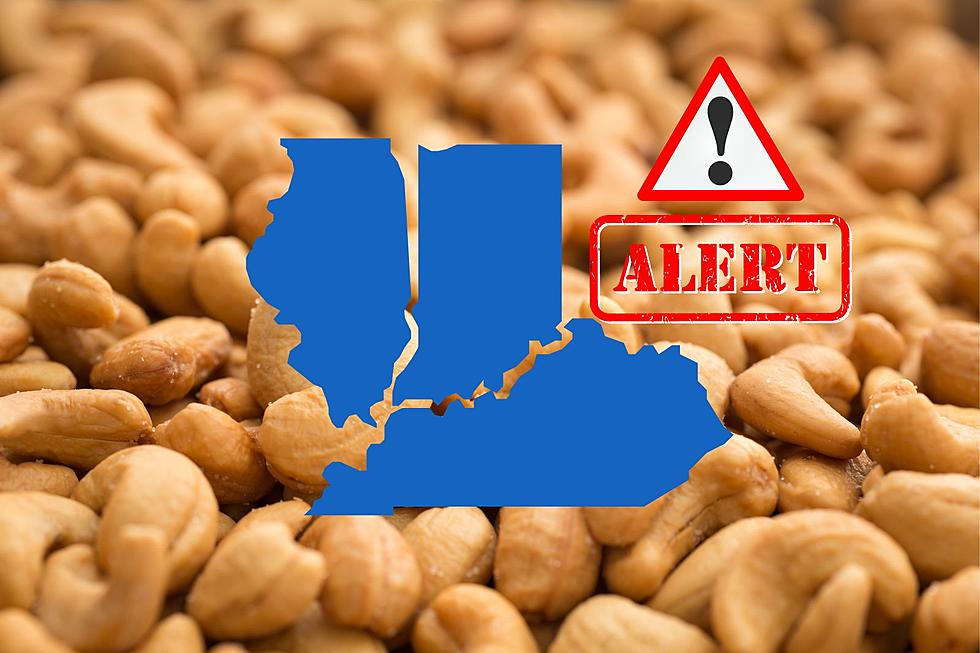
Popular Candy Sold in Indiana May Be Linked to Cancer
The Easter Bunny will soon be hopping from house to house, bringing sweet treats to kiddos all across America. The folks at Consumer Reports are hoping he leaves one particular kind of candy out of those baskets this year.
I Knew There Was a Reason I Didn't Like Peeps
Consumer Reports is warning that some of those popular Peeps marshmallow candies contain a known carcinogen. It's the ingredient that gives Peeps its festive pink and purple springtime colors - we're talking about Red Dye No. 3.
Isn't Red Dye No. 3 Already Banned?
If you think you've already heard that Red Dye No. 3 is bad for you and has been banned, you're not wrong. It has been banned by the Food & Drug Administration (FDA), just not for all uses. For more than 30 years, the cosmetics industry has not been allowed to use the color additive because high doses of it had been found to cause cancer in animals. For some reason, though, Red Dye No. 3 is still allowed to be used in various food products.
What Products Contain Red Dye No. 3?
Considering there is no law against using Red Dye No. 3 in our food, it should come as no surprise that the color additive can be found in thousands of products, including Peeps Pink Marshmallow Chicks, Peeps Pink Marshmallow Bunnies, Peeps Lavender Marshmallow Chicks, and Peeps Lavender Marshmallow Bunnies. In fact, more than 2,900 food products on the market today contain Red Dye 3, including many artificially flavored and artificially colored candies marketed to children.

Is Red Dye No. 3 Harmful to Humans?
The fact remains that Red Dye No. 3 was banned all those years ago because of studies showing it caused cancer in animals - when lab rats were fed high doses of the dye over long periods they developed tumors in their thyroids - but there has been no evidence of it being harmful to humans. There is concern, however, that artificial dyes like this could lead to neurobehavioral effects in children, such as inattentiveness, hyperactivity, and restlessness.
8 Peeps Products Containing a Carcinogen Called Red Dye #3
Gallery Credit: Michelle Heart
20 Items Banned from Checked Bags at Indiana Airports
Gallery Credit: Bobby G.
More From WDKS-FM









